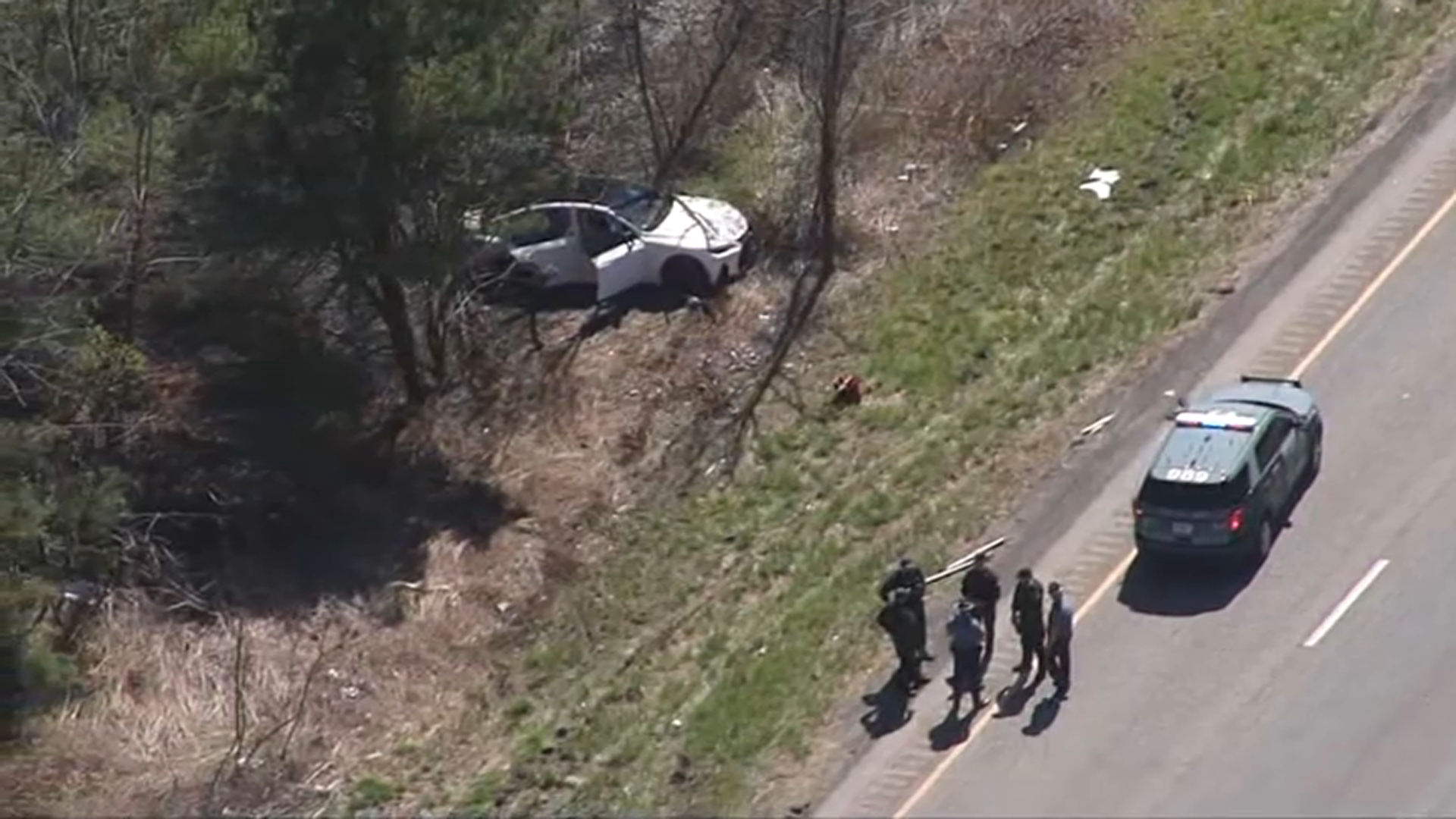It was the selfless fast thinking of Boston Police that saved precious seconds giving paramedics more time to keep the two injured officers alive.
"Officer (Matthew) Morris was hit in one of his main arteries in his leg," said Boston Police Commissioner William Evans. "The officers were quick to put their hands as well as apply a tourniquet which the doctor later said probably saved his life."
Evans says the officer who administered first aid to Morris was trained on how to apply a tourniquet just this past Thursday.
"You talk about a coincidence really paying off," said Evans. "Thank God we were able to save the officer."
Police said Morris and Officer Richard Cintolo were shot in East Boston late Wednesday night. Police have identified the suspected shooter as Kirk Figueroa, 33, of East Boston.
"A significant issue where there is a bleeding is that they might bleed out," said Deputy Superintendent Michael Gropman of the Brookline Police Department.
That vital piece of equipment credited with saving Morris' life is carried by departments like Brookline Police at all times.
Massachusetts
The latest news from around the state
"It's in every cruiser," said Gropman.
Brookline Police's first-aid kits include two tourniquets for arms and legs, as well as combat gauze that's applied to a wound if it's in the center of the body.
"The tourniquet is required when there's arterial bleeding and the only way to stop the bleeding is to shut the spicket of the artery off," said Gropman.
Every time an officer rips and wraps a tourniquet, the time is written down.
"After a certain amount of time, if blood does not get to that certain area of the body, there can be permanent damage," said Gropman.
According to Gropman, every officer in the Brookline Police Department is required to carry a tourniquet on their duty belt. That policy was installed after the Marathon Bombings.



